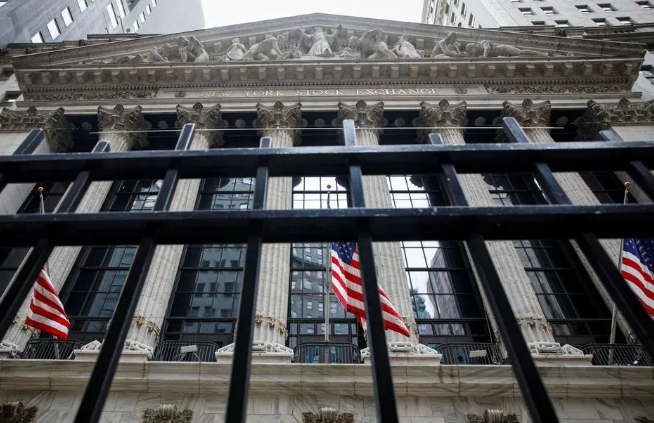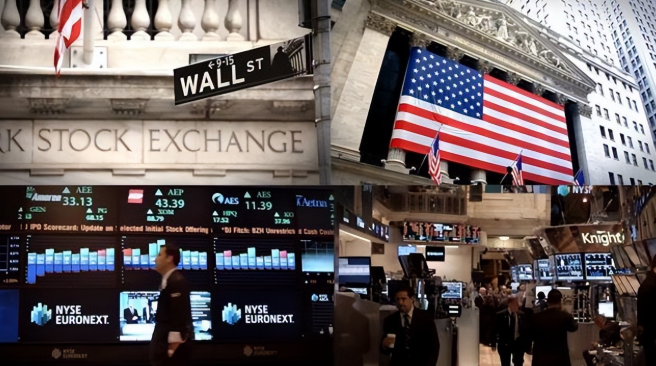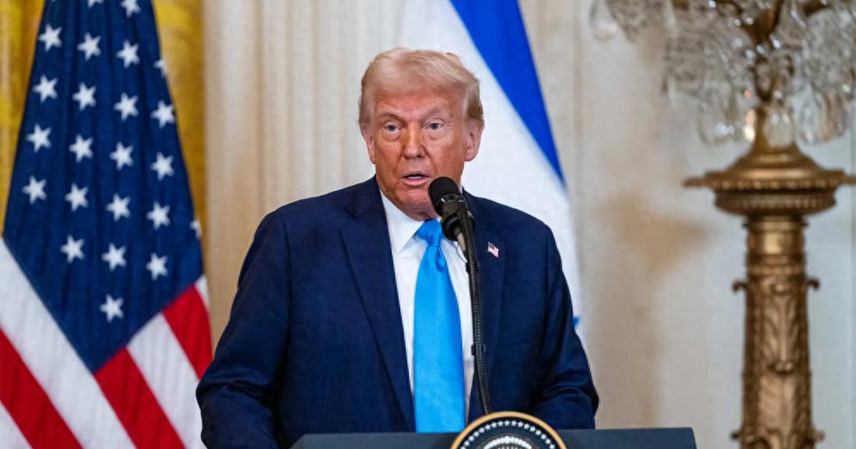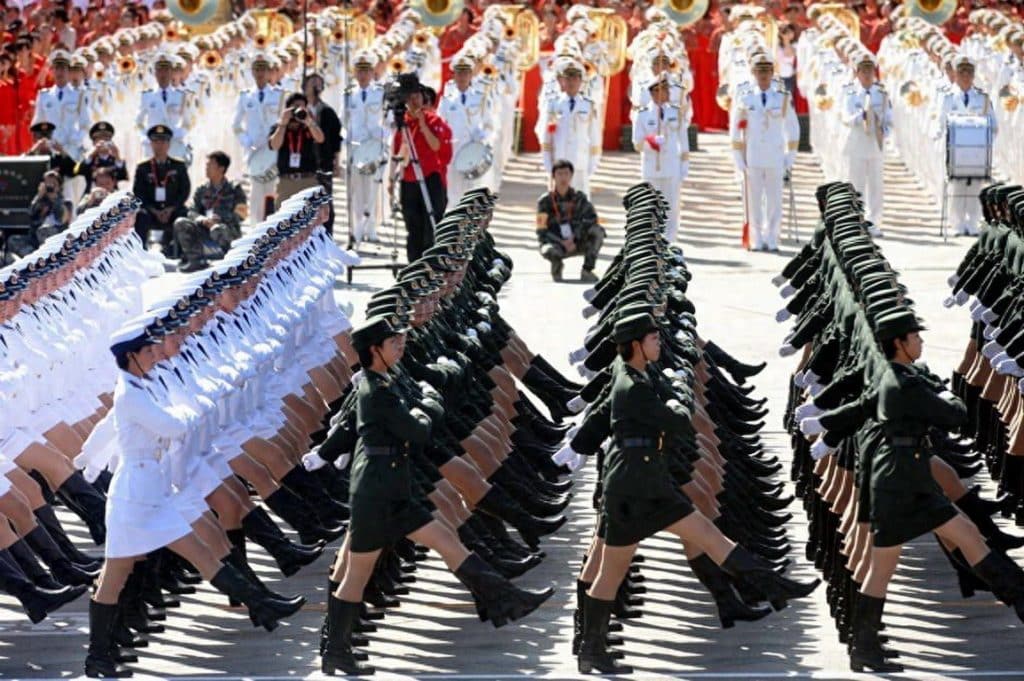Recent developments have demonstrated that China’s strategic use of rare earth controls is highly effective, revealing the United States’ most critical vulnerabilities.
The impact is not limited to the potential paralysis of U.S. high-tech and defense industries within 60 days if China were to restrict exports. More importantly, China has pinpointed the Trump administration’s—and the broader U.S. economy’s—weakest points, compelling Washington to reconsider its stance.
Trump Backtracks Amid Economic Pressure
According to Bloomberg, on the evening of October 17, Beijing time, U.S. Treasury Secretary Janet Yellen’s successor, Secretary Bassent, initiated a call with Chinese counterparts. Both sides are expected to meet in Malaysia next week, marking the fifth round of U.S.-China trade talks.

Following these discussions, Donald Trump acknowledged that the high tariffs he had threatened against China would be unsustainable. He also emphasized that U.S.-China relations were “very good” and expressed optimism for meetings with Chinese leaders at upcoming summits, including a scheduled event in South Korea.
Trump’s public comments had an immediate effect on U.S. markets: major stock indices rebounded, while traditionally safe assets like gold and U.S. Treasuries experienced selling pressure.
The Hollowing of the U.S. Economic Engine
Today, the U.S. economy’s structural weaknesses are stark. Financial markets, including Wall Street, have become the primary engine of growth. Any significant volatility threatens immediate economic downturn, as much of American wealth—and political influence—is tied to stock market performance.
Trump’s base is also directly impacted. A sustained market decline would erode wealth among his supporters, undermining political backing. Consequently, he cannot risk escalating trade tensions with China. By softening rhetoric and signaling cooperation, Trump effectively seeks a diplomatic exit strategy, while China maintains leverage.

America’s Strategic Weaknesses
China’s repeated measures have exposed two main vulnerabilities in the U.S.:
- Dependence on financial assets – including stocks and U.S. Treasury bonds – for economic stability. Any major downturn could trigger systemic collapse.
- Political leverage tied to Trump’s voter base – particularly regions dependent on agricultural and energy exports to China. Restricting imports or retaliating could erode his political capital, jeopardizing his prospects for reelection.
Recent reports indicate that following China’s rare earth restrictions, Trump convened his key cabinet members overseeing trade and finance, including the Commerce Secretary and Treasury officials, to assess the implications. Tensions reportedly peaked within internal discussions, with Trump criticizing senior officials for mishandling U.S.-China trade relations.
Tactical Responses and Market Effects
In practice, Secretary Bassent has taken a proactive approach:
- Advocating for continued tariff exemptions on Chinese goods.
- Initiating direct communication with Chinese trade negotiators to arrange subsequent meetings.
These measures have temporarily stabilized U.S. equities and supporter confidence, but underlying structural weaknesses remain. Critics have raised concerns about the AI-driven stock market bubble, warning that a sudden collapse could jeopardize the broader financial system—threatening the centuries-old foundation of American financial dominance.

Conclusion
China’s strategic actions demonstrate the power of resource and trade leverage over even the world’s largest economy. By exposing the vulnerabilities in financial markets, political support, and dependence on exports, China has effectively forced a recalibration of U.S. policy.
While Trump’s tactical backtracking has temporarily calmed markets, America’s structural weaknesses are far from resolved. As global economic pressures mount, the interplay between resource control, trade negotiations, and domestic politics will continue to define the U.S.-China dynamic.
References
- Bloomberg, “U.S.-China Trade Talks Update,” October 2025
- U.S. Department of Commerce, Trade and Tariff Announcements, 2025
- MarketWatch, “U.S. Stocks React to Trade Developments,” October 2025



